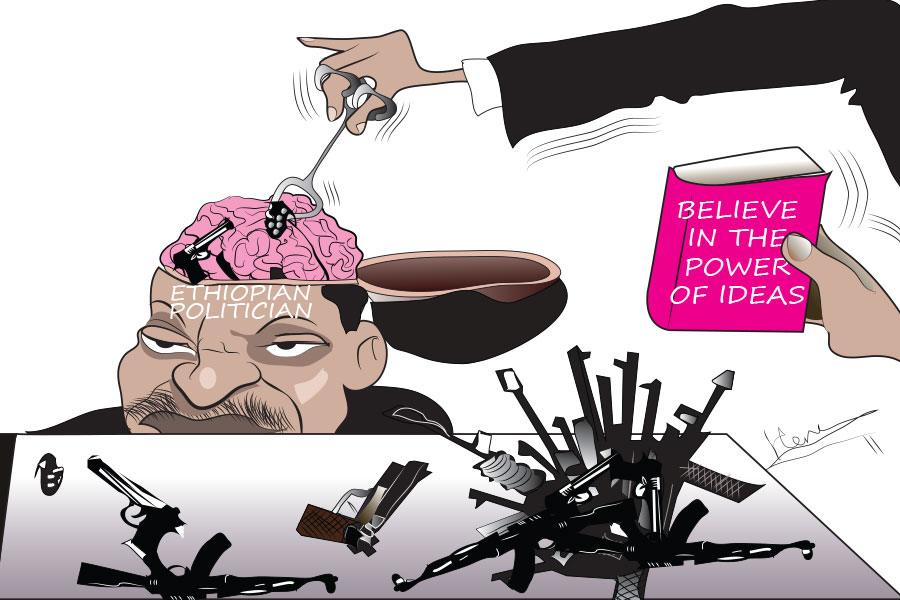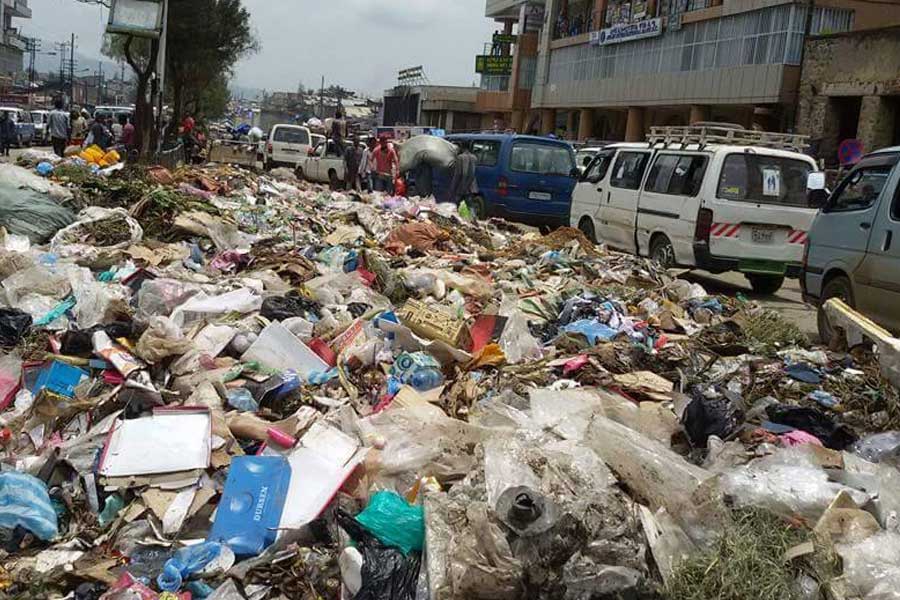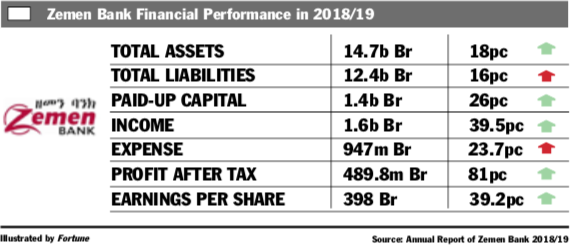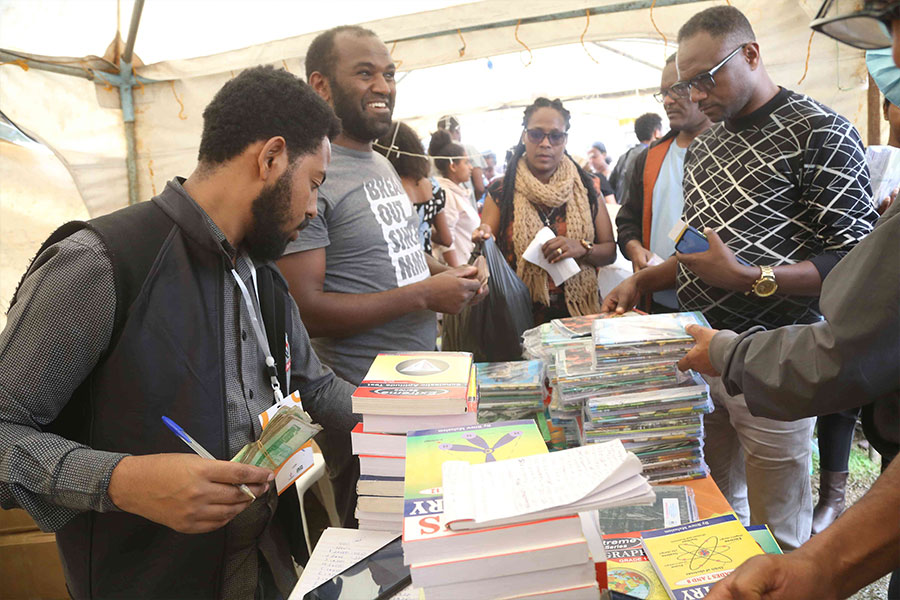
Editorial | Jun 29,2019
A parent haggles with a vendor while a kid checks the school items on display. The scene was Ghion Hotel, where a “Back to School” bazaar was organised in time for the calendar year 2015. With the rainy season ending and the “summer” break over, school-age children have begun returning to school. It is a season of steep costs to their parents and guardians. A single pack of exercise books - imported from Asia - cost 790 Br at the bazaar. School bags set parents back 3,500 Br, and a lunchbox was 2,000 Br. Such costs are on top of accelerating tuition fees across private schools.
One of the reasons making going back to school expensive is the depressed paper and paper products industry. Annual demand is estimated at a little more than 200,000tns, with local industries satisfying less than five percent. The blame lies on a familiar culprit – the foreign currency crunch. It has made increasing production capacity nearly impossible. Neither is the capital investment to get the paper industry going for the faint-hearted. According to a study by the International Energy Agency, a large-scale pulp mill with an annual production of 1.4 million tonnes requires 2.5 billion dollars in investment. The only domestic pulp producer is Adal Industrial Plc, which manufactures a comparatively tiny 3,000tns of pulp annually after an initial capital of 10.2 million dollars.
The lack of enthusiasm for locally-produced exercise books is no less a challenge. Despite much lower prices, domestic companies such as MAMCO Paper Products Factory and Yekatit Paper Converting struggle to crack the market. The former has had half a million books stored at a warehouse for lack of buyer since last years. Ironically, finding a Sinarline brand exercise book imported from Asia is hard to find in the market, albeit with its high prices.
You can read the full story here
PUBLISHED ON
Sep 18,2022 [ VOL
23 , NO
1168]

Editorial | Jun 29,2019

View From Arada | Apr 30,2021

Advertorials | Mar 18,2023

Fortune News | Feb 01,2020

Radar | Apr 16,2022

Fortune News | Feb 06,2021

Commentaries | Jul 19,2025

Agenda | Sep 18,2022

Radar | Oct 05,2024

Fortune News | Jul 18,2020

Dec 22 , 2024 . By TIZITA SHEWAFERAW
Charged with transforming colossal state-owned enterprises into modern and competitiv...

Aug 18 , 2024 . By AKSAH ITALO
Although predictable Yonas Zerihun's job in the ride-hailing service is not immune to...

Jul 28 , 2024 . By TIZITA SHEWAFERAW
Unhabitual, perhaps too many, Samuel Gebreyohannes, 38, used to occasionally enjoy a couple of beers at breakfast. However, he recently swit...

Jul 13 , 2024 . By AKSAH ITALO
Investors who rely on tractors, trucks, and field vehicles for commuting, transporting commodities, and f...

Aug 23 , 2025
Banks have a new obsession. After decades chasing deposits and, more recently, digita...

Aug 16 , 2025
A decade ago, a case in the United States (US) jolted Wall Street. An ambulance opera...

Aug 9 , 2025
In the 14th Century, the Egyptian scholar Ibn Khaldun drew a neat curve in the sand....

Aug 2 , 2025
At daybreak on Thursday last week, July 31, 2025, hundreds of thousands of Ethiop...